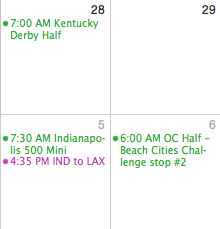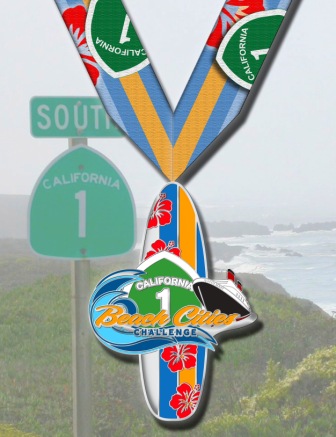 People have been asking me to post on this subject, and I’m happy to (finally) do it.
People have been asking me to post on this subject, and I’m happy to (finally) do it.
Toward the beginning of this adventure, I spent a few full days doing basically nothing but researching and scheduling. As the year progressed, things changed here and there. So, inevitably, at later points in the year, I spent a number of hours (or more full days sometimes) continuing to work on the schedule.
Early on, one of the things that made it a little hard (and a whole lotta fun) was that I was between shows. So, I never had to come home.
In February and March, I kept traveling around the east coast, often pretty much flying by the seat of my pants. I was ready to go home at a moment’s notice if a job came up, but I was absolutely reveling in the (I couldn’t come up with the right word here – imagine me with a big, genuine and truly joyous smile, happily sighing) of it all.
Working freelance, in my opinion, has more positives than negatives. However, there is one big negative – it is often next to impossible to make concrete plans for anything in the somewhat distant future.
 “Will I be working weekends in three months?” “Will I get a job in Vegas, or Miami or [insert any city here]?” “Will I actually get another job that will allow me to afford to do things I love/am planning on doing?” So many unknown answers – until you’re in the future.
“Will I be working weekends in three months?” “Will I get a job in Vegas, or Miami or [insert any city here]?” “Will I actually get another job that will allow me to afford to do things I love/am planning on doing?” So many unknown answers – until you’re in the future.
I had a good guess that I’d most likely get a job in L.A., and that I’d probably be working a pretty normal 5-day-week in post-production. But, I couldn’t know for sure.
I set up the schedule with the assumption that that’s what would happen. I put in some extra traveling in case I was back on hiatus. But, I had California races on the back burner in case I was working.
Turns out that now, from the future of then, I am working a nice, normal day job (that I have all the way until the beginning of January), after all. So, from here until January, I know where I’m working, and can plan the rest of everything with a lot more information available to me.
It’s nice when you get long term jobs like this, and you can actually commit to things when people ask you to make plans months in advance. Guess what, baby? I know my schedule for November. I can, in fact, tell you whether we can hang out on Thanksgiving. Bam!
Back to race planning – I utilize the Running in the USA website a lot. That’s a great place to start. From there, I found some various race series, and started working those in. If I’m going to do 52 races in one year, I might as well get those extra medals, right?
Then, I’ve heard about a bunch of races through expos, friends, email lists I get onto, and things like that. So, that helps to inform and change the schedule as well.
One of the things that made schedule finagling fun is that some series are flexible. For example, in the Rock ‘n’ Roll series, I think there are about 25 options. Their top level of run-repeater does 10 races. You only have to find 10 that work in your schedule. Then you can discard 15 that get in the way of other runs.
 Then there are series with definitive races that you do or you don’t. For example, the Beach Cities series has 3 consecutive races (one in February, May, and October). You could start at any time in the last 2-ish years, but once you start you have to do them consecutively.
Then there are series with definitive races that you do or you don’t. For example, the Beach Cities series has 3 consecutive races (one in February, May, and October). You could start at any time in the last 2-ish years, but once you start you have to do them consecutively.
Sometimes there’s wiggle room. Sometimes there’s not. And trying to figure all that out got fun and puzzle-y.
So, you compare a bunch of calendars, try to synch up races with your schedule, and schedules of various series. You do your best to plan travel in a way that makes sense for you.
Then, once you hope you have it all basically figured out – a race gets cancelled. This is the hardest part of planning 52 half marathons in 52 weeks.
There are some half marathons that you can bet won’t get cancelled. If you sign up to do the Indianapolis 500 Festival, it’s happening. But, if you sign up for a small and/or new race, it might not.
This is where I’ll pick up tomorrow.